Rechargeable TVs represent a significant innovation in display technology, characterized by their proprietary hot-swappable battery system. This system allows for continuous operation, even while batteries are being charged, by enabling the replacement of power sources without downtime. The average battery life for these TVs is substantial, supporting around six hours of daily use over an entire month before needing a recharge.
The integration of active-loop vacuum technology is another standout feature, which facilitates effortless mounting on any surface with a simple push. This vacuum lock mechanism negates the need for traditional mounting hardware, offering a sleek and streamlined installation process.
Enhancing user interaction, these TVs support intuitive touch and voice controls. Users can interact with their content in a tactile manner—pushing, pinching, and grabbing—translating physical gestures into on-screen actions. Additionally, the incorporation of facial recognition and computer vision technologies allows for a responsive viewing experience that can follow the user from one room to another, maintaining content continuity across multiple displays within the same environment.
For those concerned with privacy, the TVs come equipped with a feature that can disable the facial recognition function, ensuring user control over their personal data. The seamless connectivity between multiple units is facilitated by a base unit, which, while requiring a traditional power connection, wirelessly synchronizes the displays, creating a cohesive network of screens capable of operating in tandem or independently.
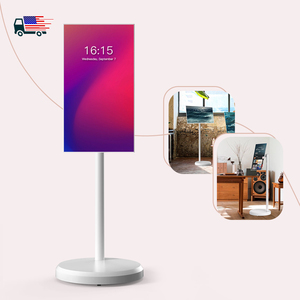

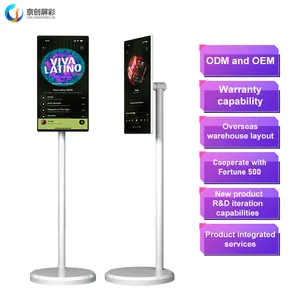

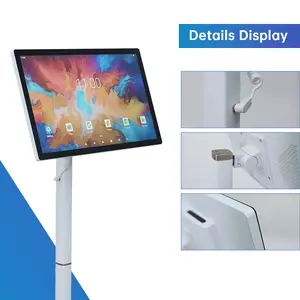

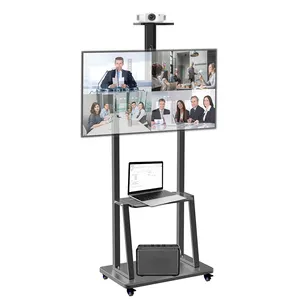













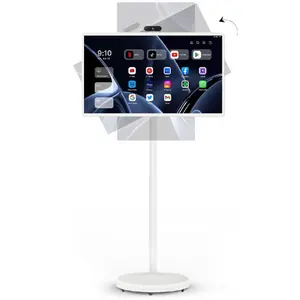
























 浙公网安备 33010002000092号
浙公网安备 33010002000092号 浙B2-20120091-4
浙B2-20120091-4